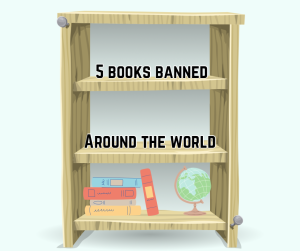Separating art from the artist
January 31, 2018
Among the recent wave of sexual harassment and abuse allegations, I was horrified. However, none really hit home for me until Jesse Lacey, frontman for the band Brand New, was accused of sexual misconduct. According to a Pitchfork article, two women allege that Lacey solicited nude photographs from them while they were still minors. Lacey then issued an apology for sexual misconduct, though he did not directly reference either accusation.
News of Lacey’s sexual misconduct particularly shook me because of how much I loved Brand New’s music. Their album “The Devil and God are Raging Inside Me” was my go-to album for when I was upset my freshman year of college. I still genuinely think their latest release “Science Fiction” was the best album of 2017.
But I just can’t get myself to listen those albums anymore. No matter how much I once loved those songs, I just can’t get through one.
Because of this, I’ve been thinking a lot about separating the art from the artist, and if that’s even possible.
I used to think that, of course, I could like someone’s music or movies without liking them as a person. But while that’s technically true, if someone wants to support a work of art, they have to support the artist as well. When someone buys an album because they enjoy the music, their money is going to support the musician, whether they intend it to or not.
If we want to send the message that sexual abuse will no longer be tolerated, we have to put our money where our mouth is, not give it right to people who are guilty of harassment.
I realize if we choose not to support talented artists who harm others, society stands to lose great art, music and film. But it is far more important that we protect victims of abuse than enable their abusers, even if they would create amazing art.
Who knows, maybe this will make room for even more talented artists who won’t use their power to hurt others.







